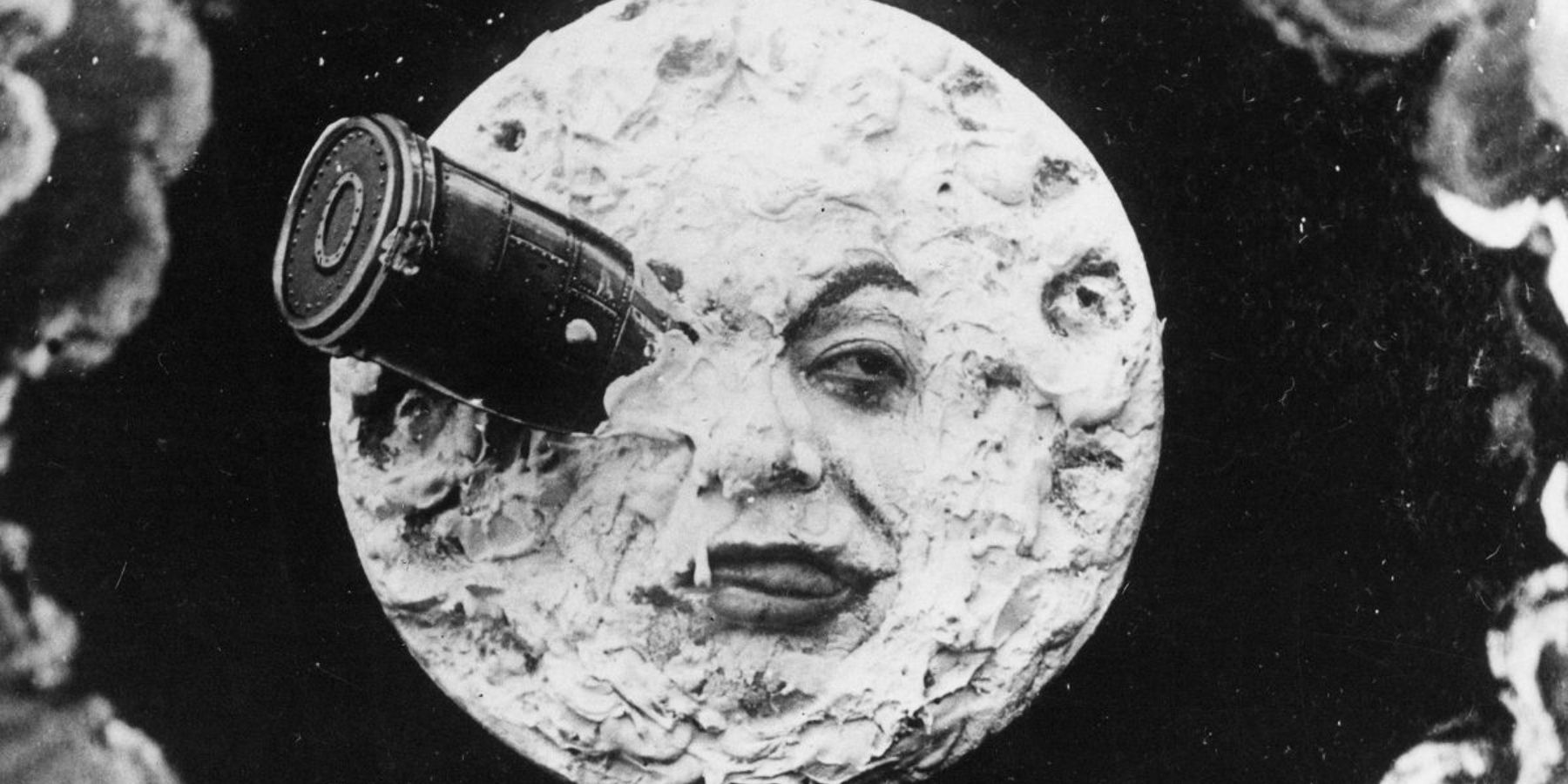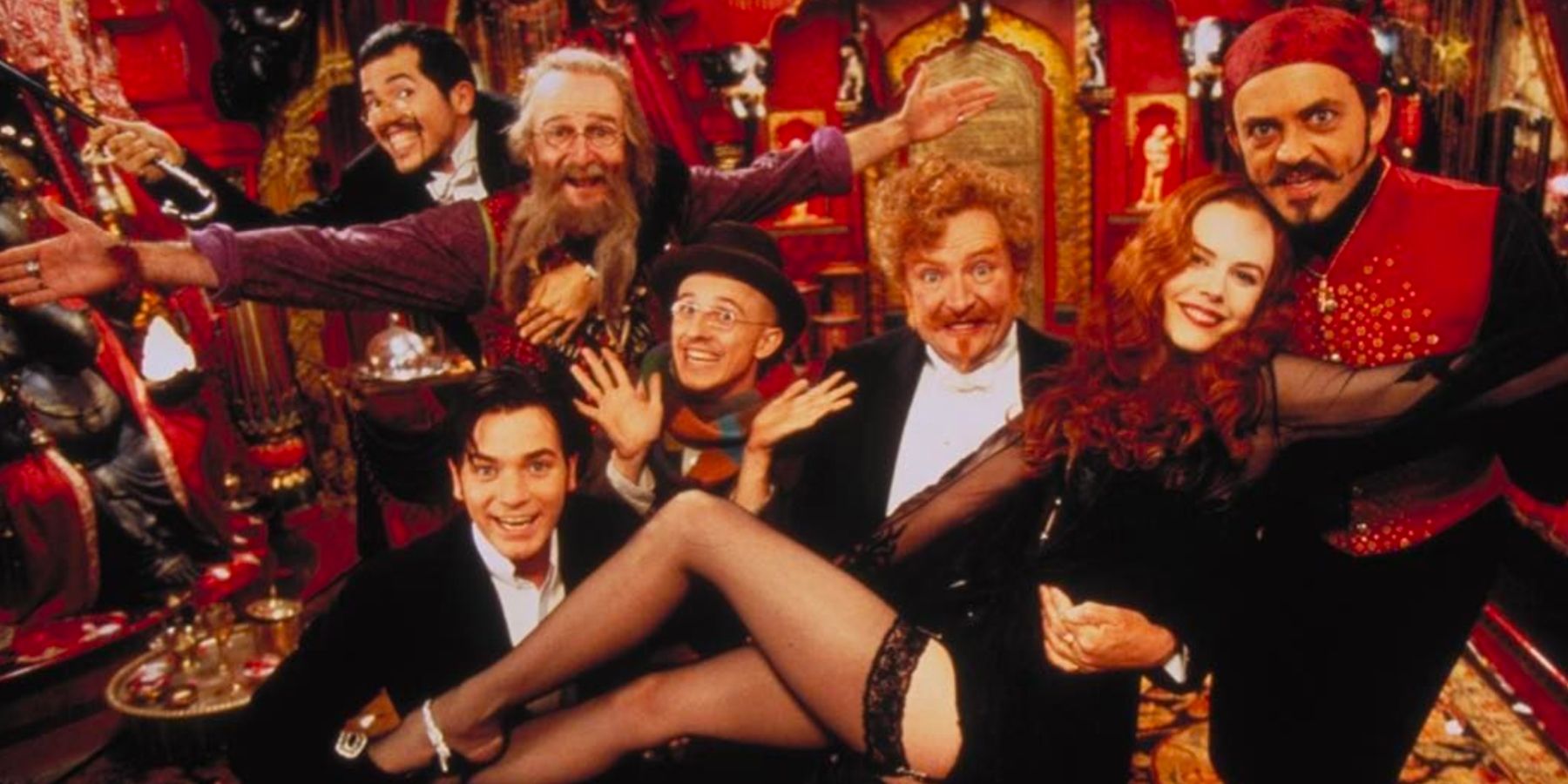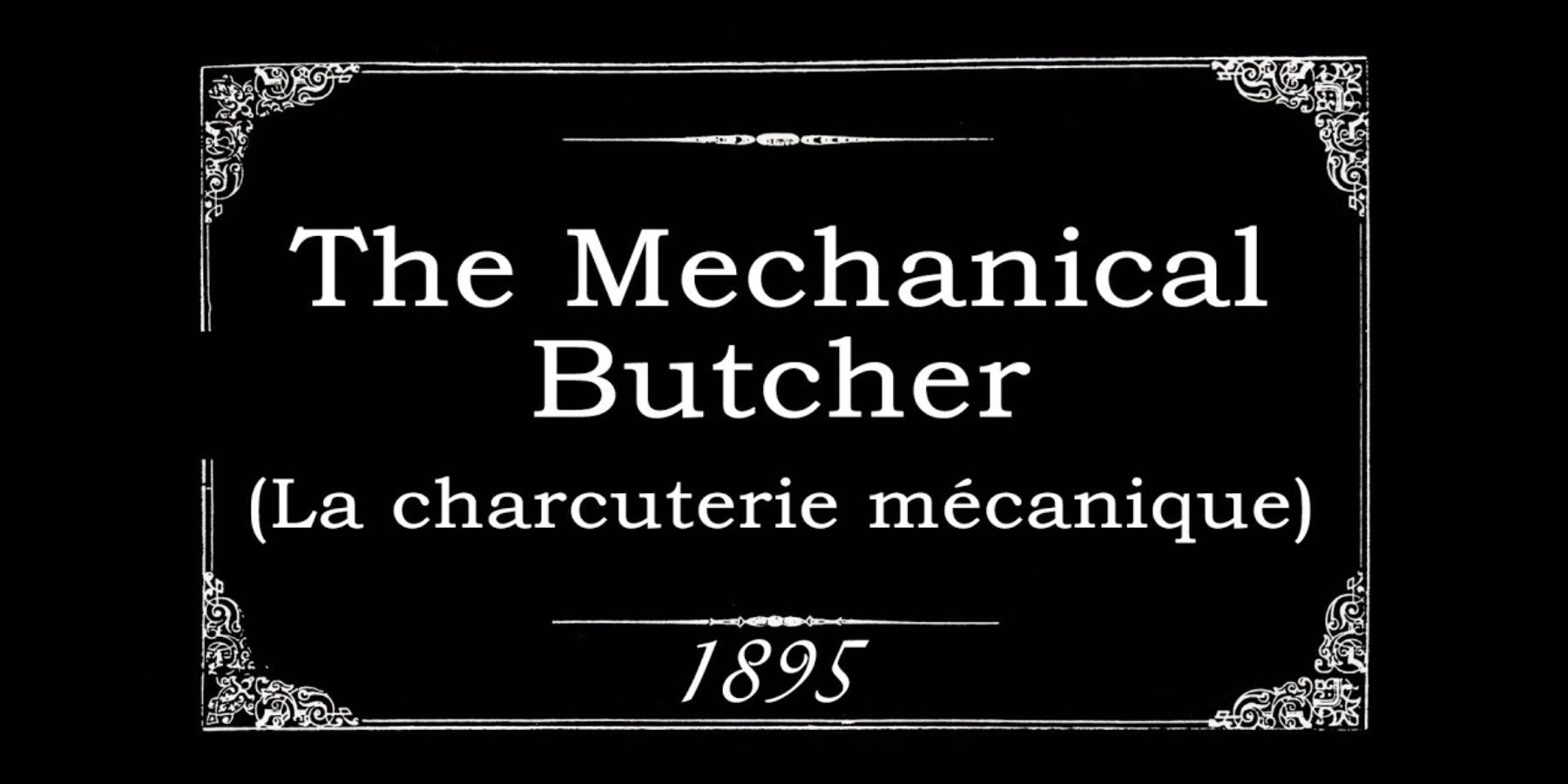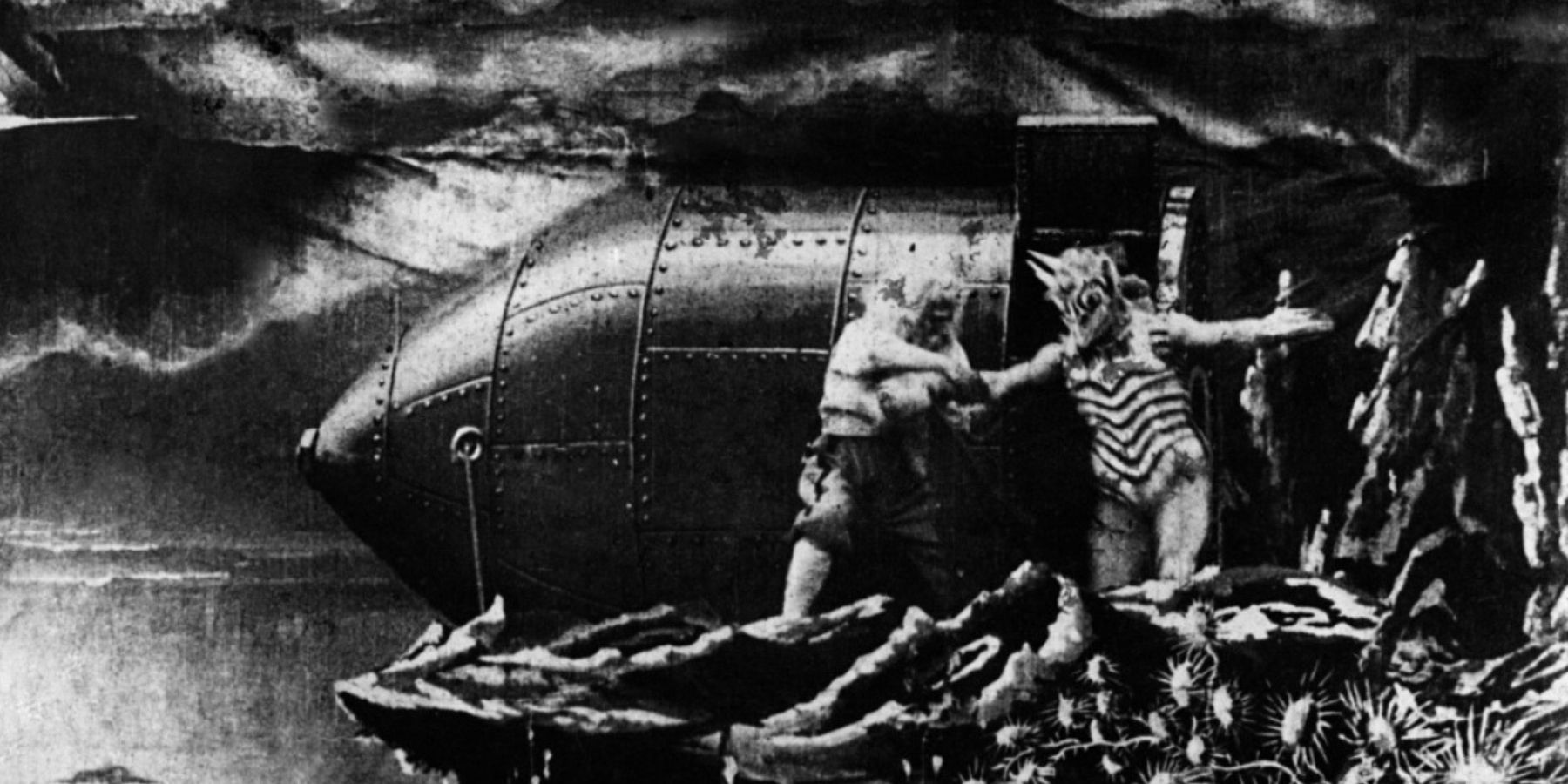Science fiction as a genre has, throughout the generations, been a classic cinema treat. Movies bearing the label range from the iconic Star Wars films to Dune (both the 2021 iteration and the original 1984 film), dipping its toes into cosmic horror (Annihilation), and comedy (Spaceballs). But where did this iconic genre come from, and what film made history by being the first science-fiction movie?
The most widely accepted answer is George Méliès’ A Trip to the Moon, a 15-minute French movie that graced screens 120 years ago in 1902. Méliès was a silent movie pioneer, not only creating the first sci-fi movie but also creating and laying down the fundamentals of special effects. This was in a time before filmmakers had started using camera tricks to create special effects, which back then were aptly dubbed "illusions." When Méliès entered the scene, a Penn and Teller of the early 20th-century, he combined his love of stage illusions with his newfound love of film.
While full of enthusiasm, the exact moment Méliès made history was when he reviewed the footage from a camera that malfunctioned, accidentally cutting out halfway through a scene, then restarting. The result was one person suddenly disappearing, and another who looked to be magically transforming into another. A simple effect like this would be taken by granted today, in a world where filmmakers can CGI the faces of deceased actors to bring them back to life, but for Méliès, it was a breakthrough. This technique was used repeatably in his most well-known film A Trip To The Moon, where moon aliens would disappear into a puff of smoke like magic. The effect is surprisingly effective even for today's viewers.
A Trip To The Moon follows a comical bunch of astronomers who plan and conduct a trip into space. They consequently build a massive bullet-shaped spaceship, and fire themselves at the moon. Whilst there, they meet a bunch of hobbity goblin-like moon monsters, have a fight, then fall off the moon and crash back down into the sea. While the plot involves various science fiction tropes (lost on an alien planet, kidnapped by the moon locals, fighting and narrowly escaping with their lives) and has a fairly simple plot, the story here is not what really matters. The most incredible element, and thing audiences take away from the film, is how much creativity, detail, and innovation Méliès put into each scene. The film features unparalleled levels of animation and scenery, most notably the scene in which the face of the moon is struck by the space rocket bullet — a scene featured in Ewan Mcgregor's well-known film Moulin Rouge.
While A Trip To The Moon was the first movie made specifically as a science fiction flick, that's not to say that there weren't films prior to its release that didn’t contain sci-fi elements. The dictionary definition of Science Fiction is "fiction based on imagined future scientific or technological advances and major social or environmental changes, frequently portraying space or time travel and life on other planets" (source: lexico.com). This definition broadens the search a little.
The other film worth noting when discussing early sci-fi movies is Méliès’ other work Gugusse and the Automaton, from 1897. It’s odd to say that Méliès is competing with himself for the title of the first science fiction film, but the film depicted no plot or structure, simply an imagined moving moment in time. The now-lost footage showed a clown (not the killer clowns audiences are accustomed to today, thankfully) amazed by the movements of a robot, consequently the first known cinematic appearance of one such mechanical creature.
La Charcuterie mécanique (The Mechanical Butcher) is a film written directed by the Lumière Brothers, the pioneers of moving pictures themselves. The 1886 film is only 43 seconds long and involves a live pig being placed into a machine, the titular "Mechanical Butcher," and coming out the other end as various pork products. Being created a whopping 16 years before A Trip To The Moon, this film brings into question Méliès’ medal as "founder of science fiction" in film.
The films above demonstrate that it's hard to discern exactly what was the first science fiction movie. While the existence of the earlier works of La Charcuterie mécanique and Gugusse and the Automaton bring into question A Trip To The Moon’s widely accepted title, it’s hard to argue with how monumental the latter film's existence was. While the other earlier works are simple snippets, showing a simple moving picture of an imagined future, A Trip To The Moon develops an active and engaging storyline, as well as key moments and actual events. It creates a world adjacent to ours, a fictionalized future so inherent to the core concept of science fiction. It could be argued that, while La Charcuterie mécanique and Gugusse and the Automaton are technically science fiction films, it would be similar to saying The Wizard of Oz (the original, not the terrifying sequel) is a sci-fi film because it depicts a "robot" in the form of the moving Tin Man, and the nifty computer that the "Wizard" hides behind his curtain. They may have a few sci-fi images, but A Trip To The Moon truly tells a science fiction story.




